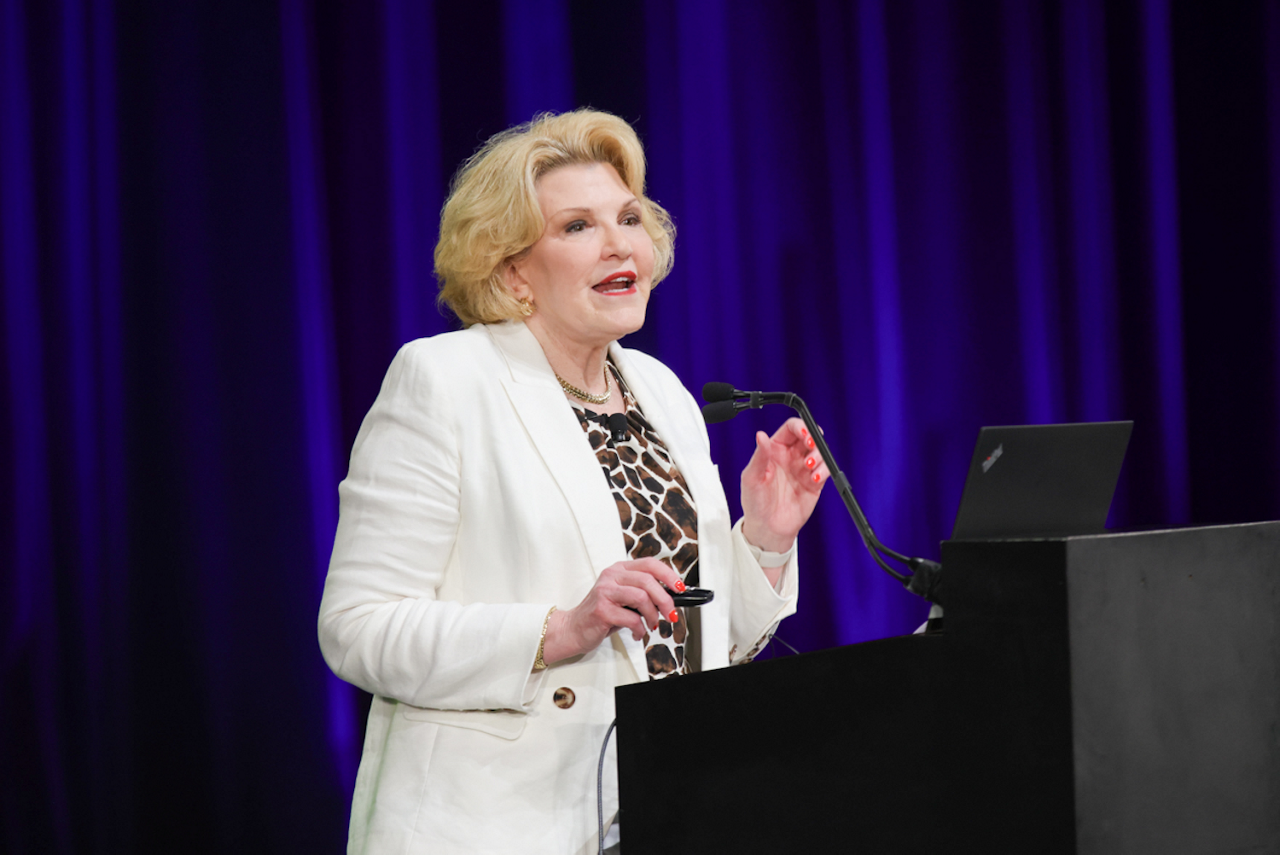AI, Job Disruption, and Preparing for What’s Next: A Conversation with Futurist Bugge Hansen

Bugge Hansen, a futurist at the Copenhagen Institute for Futures Studies, recently shared his insights with me on how artificial intelligence is reshaping the world of work. Hansen emphasized the critical uncertainties organizations face, from job disruption to the evolving role of leadership and the need for education to prepare for a radically different future. Our conversation highlighted practical approaches for navigating this transformative period, as well as the need for HR leaders to embrace foresight and adaptability.
My Q&A with Bugge Hansen
Could you share a bit about your role and approach as a futurist?
BH: I’ve been at the Copenhagen Institute for [Futures] Studies for seven years, working with the innovation and technology team. We focus on imagining and preparing for multiple futures—hence the name “futures studies” instead of “future study.” Half of my work is applied, collaborating with organizations to address specific problems, especially around AI investment and integration. Our goal is not to predict but to prepare for various plausible futures.
How do you view job disruption in the age of AI?
BH: Disruption is inevitable. The World Economic Forum predicts that 80% of jobs will be disrupted, but this doesn’t necessarily mean they’ll be eliminated. Many roles will evolve, and new ones will emerge. For instance, AI could eliminate repetitive tasks, freeing people to focus on higher-value work. However, uncertainties abound: Will we work in offices or remotely? How many roles will truly disappear? What new jobs will AI create? Historically, technological shifts have created opportunities alongside challenges, but navigating this transition—deciding which jobs to keep and which to let go—requires intentional foresight.
What do you think will happen with organizations, managers, and the career ladder as AI becomes more integrated?
BH: Organizations are exploring very different futures. One possible scenario is a return to physical offices, with AI handling mundane tasks and leaving creativity and critical thinking to in-person collaboration. Another envisions a fully remote, AI-augmented workforce, redefining how we live and work. Between these extremes lies the hybrid model, which many organizations are considering.
Managers and leaders will need to rethink traditional career ladders. AI is reshaping what “management” means, and we’ll likely see a shift toward roles focused on designing and managing AI systems—or being managed by them.
What does the future of job disruption look like? How will roles evolve, and which roles are at risk of elimination?
BH: The predictions are broad, and it’s clear nobody knows exactly what will happen. While some sectors, such as coding and graphic design, are already seeing significant automation, we must focus on defining which roles we want to keep. For example, tasks that involve creativity and complex problem-solving are less likely to be eliminated. It’s not about the total elimination of jobs but the transformation of tasks within them.
How can we prepare for the uncertainties in AI-driven job disruption?
BH: We need to break down uncertainties and develop a language to discuss them. Start by addressing key questions: Where will we work? How many jobs will be disrupted versus created? What will those new jobs look like? Acknowledging these uncertainties instead of avoiding them is the first step to preparation.
What new jobs do you think AI will create?
BH: New roles will emerge around designing, managing, and collaborating with AI systems. There’s also the possibility of entirely new industries driven by AI innovations. However, we lack a cohesive vision for these jobs, which makes the transition challenging.
How do we develop and prepare people for these new jobs?
BH: Education is key, both in schools and within organizations. We need to rethink curricula and focus on skills like adaptability, critical thinking, and collaboration with AI. It’s also about creating a mindset that embraces change and uncertainty. Lifelong learning must become the norm, not the exception. Companies also need to prioritize training employees for a future where AI will be integral.
What strategies are successful organizations using to navigate AI adoption?
BH: Organizations succeeding with AI recognize it’s not just a tech upgrade but a social, cultural, and behavioral transformation. They foster AI fluency by encouraging employees to experiment, share learnings, and innovate collaboratively. For instance, Walmart integrates AI into both employee empowerment and overall business strategy. Another example is Klarna, which redistributes the salaries of employees lost to natural attrition among remaining team members to incentivize AI adoption.
How can organizations prepare for the next five to seven years of AI-driven change?
BH: Preparation involves embracing uncertainty and engaging in foresight projects to map potential futures. From there, backcasting helps organizations identify steps they can take today to build toward those futures. However, many executives are so focused on immediate challenges that they struggle to think radically about the future.
Are governments taking the future seriously?
BH: Some are beginning to. For example, the U.N.’s recent Summit for the Future was a step towards addressing uncertainties for future generations. However, much more needs to be done to integrate foresight into policymaking and governance.
The Implications of Hansen’s Insights for HR
HR leaders stand at the forefront of this transformation. They must embrace a dual focus: addressing immediate challenges while preparing for long-term uncertainties. Success requires fostering a culture that embraces change, encouraging lifelong learning, and building fluency with AI across teams.
HR’s role extends beyond managing people—it involves shaping organizational strategies that align with a future where AI and human potential coexist. By doing so, HR can help organizations navigate this transition with resilience and foresight, ensuring a workforce that thrives in the age of AI.


